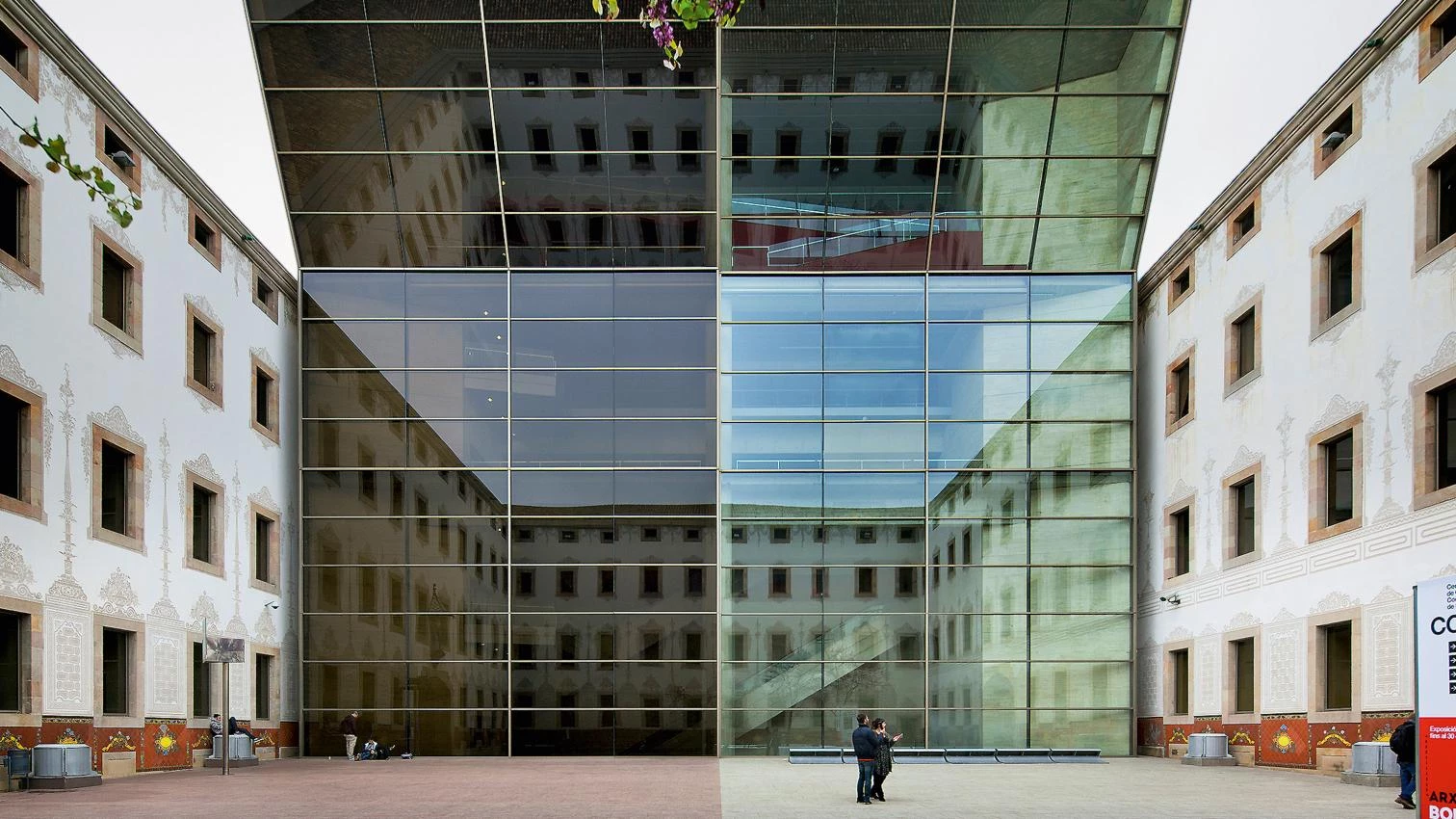
Few people outside the profession would recognize Albert Viaplana as the author of some of the major references of contemporary Barcelona, but his trajectory – with Helio Piñón from 1974 to 1997, and later on his own – has left a strong mark on the Catalonian city, not only because of its unavoidable calling for renewal, but also because of its particular approach to public space that makes no concessions to capital, and neither to popular tastes.
Born in Barcelona in 1933, Viaplana began his career by building dwellings in an eclectic language reflecting the Mediterranean modernity of the Barcelona School of Architecture (ETSAB), but with hints of deconstructivism that brought him close to Peter Eisenman and John Hejduk. Translated into an inescapable commitment to form, Viaplana’s conceptual search had its most notable expressions in projects of great importance, such as the plazas of Països Catalans (1983) or Lesseps (2001) – called ‘hard squares’ and characterized by a non-compromising abstraction that sparked some bitter polemic – or what is perhaps his finest work, the Centre de Cultura Contemporània de Barcelona (1993), whose glass facade reflects the urban surroundings. This was a period in which his work – considered a model in and outside of Catalonia – was endorsed in the university environment, with Viaplana, from 1988 on, holding a chair of Projects at the ETSAB, where he pursued an academic program that was as dominant as it was exemplary.





